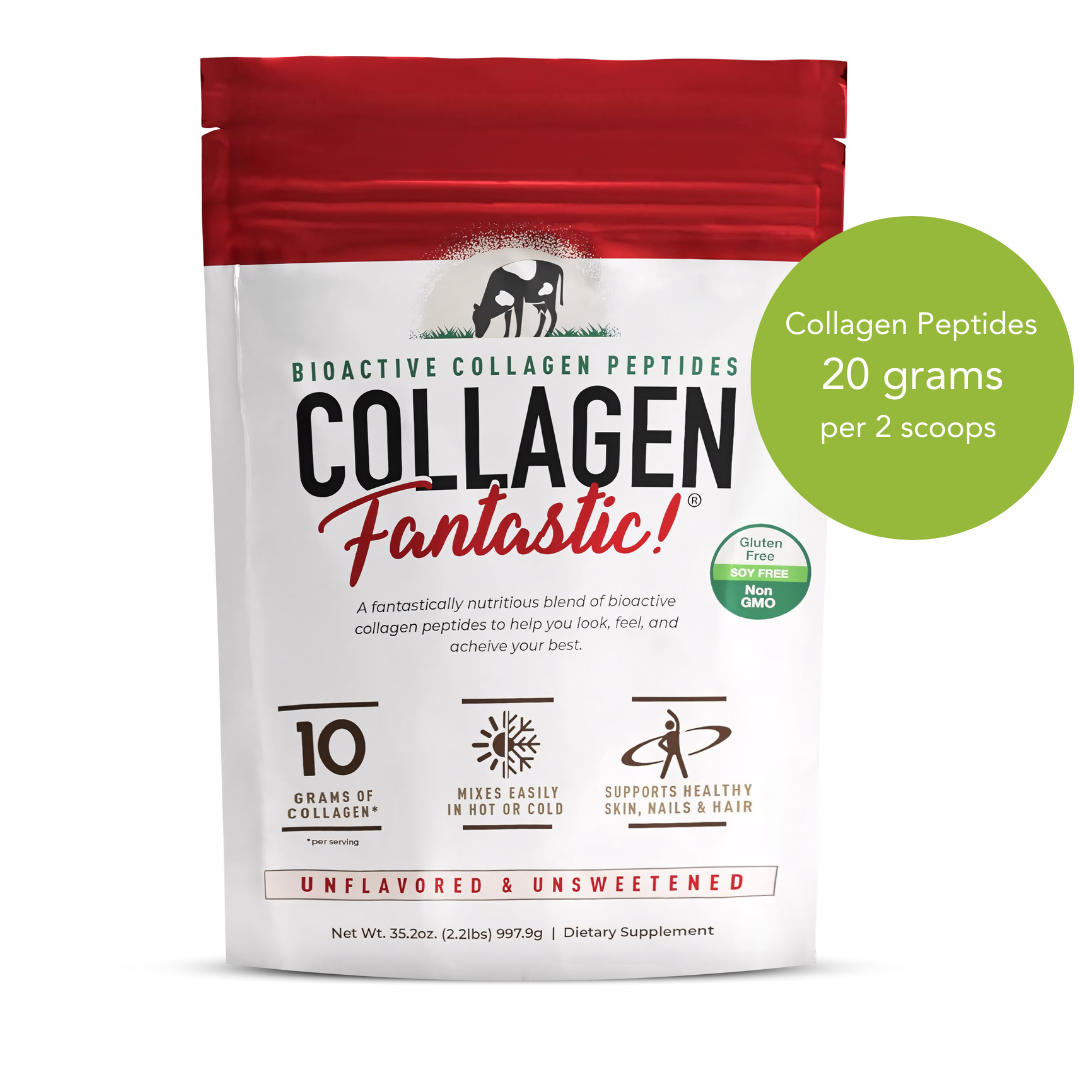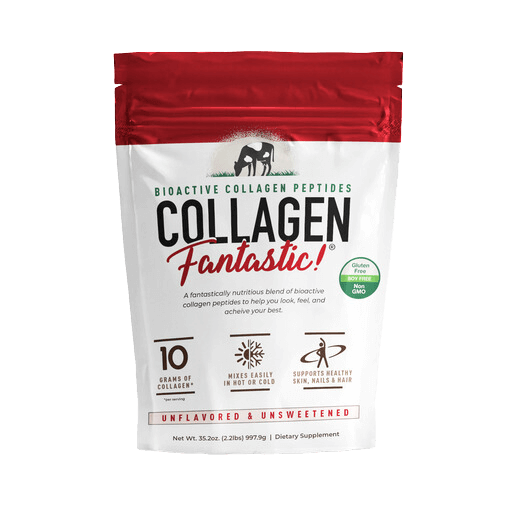Progressive Overload for Strength Training: The Ultimate Guide to Building Muscle and Breaking Plateaus
If you’ve been training for a while, you’ve probably heard the phrase progressive overload—but understanding it and applying it correctly is where the magic happens. Whether you’re brand new to lifting or chasing your next personal record, progressive overload is the key to consistent strength and muscle growth.
In this in-depth guide, we’ll cover everything from the science behind progressive overload to actionable training strategies, nutrition tips, and how products like Whey Fantastic can supercharge your recovery.
What Is Progressive Overload?
Progressive overload is the gradual increase of stress placed on your body during exercise. This “stress” can come from lifting heavier weights, performing more reps or sets, improving your technique, or even shortening rest periods. The goal is simple: give your muscles a reason to adapt.
When your body faces a new challenge, it responds by building stronger muscle fibers, improving neural connections, and increasing endurance. Without this incremental challenge, your progress stalls.
Why Progressive Overload Works
Muscle growth happens when your body repairs tiny tears in muscle fibers caused by training. To stimulate growth, the stress placed on your muscles must gradually increase over time. If your workouts stay the same week after week, your muscles have no reason to grow stronger.
Progressive overload triggers:
- Muscle Fiber Recruitment: More fibers are activated to handle heavier loads.
- Neurological Adaptation: Your nervous system improves at firing motor units.
- Hormonal Response: Proper overload stimulates anabolic hormones that support recovery and growth.
The 6 Most Effective Methods of Progressive Overload
1. Increase the Weight
Add small increments (2.5–5%) to your lifts each week.
2. Add More Reps
Increase repetitions before adding weight. Move from 3 sets of 8 reps to 3 sets of 10.
3. Add More Sets
Boost training volume by adding an extra set to stimulate growth.
4. Improve Tempo and Form
Slow the lowering (eccentric) phase to increase time under tension.
5. Shorten Rest Periods
Reduce rest to challenge muscles and cardiovascular system simultaneously.
6. Increase Training Frequency
Train a muscle group more often if recovery is managed properly.
Programming Progressive Overload for Strength and Muscle
1. Track Every Workout: Record sets, reps, weight, and rest times.
2. Use Rep Ranges: Work within ranges like 6–8 reps; once you reach the top, add weight.
3. Employ Deload Weeks: Reduce volume or intensity every 4–6 weeks.
4. Follow a Balanced Program: Structured programs like 5x5 or push–pull–legs work best.
The Role of Nutrition in Progressive Overload
1. Protein: The Building Block
Protein repairs and builds muscle tissue. Aim for 0.7–1 gram per pound of body weight. Whey Fantastic delivers fast-digesting protein to kickstart recovery post-workout.
Pro Tip: Our Whey Fantastic makes the perfect post-workout protein shake! Try it risk-free here!

2. Total Calories
A slight calorie surplus supports muscle growth. Pair protein with complex carbs and healthy fats.
3. Hydration
Water drives performance and recovery. Dehydration can reduce strength, slow recovery, and increase injury risk.
4. Timing Matters
Consuming 20–40 grams of protein within an hour after training supports muscle repair. Whey Fantastic is perfect for this window.
Recovery: The Overlooked Side of Overload
· Sleep: 7–9 hours per night optimizes hormonal balance and muscle repair.
· Active Recovery: Light activities like walking or yoga promote blood flow.
· Rest Days: At least one to two per week allow full recovery.
Avoiding Common Progressive Overload Mistakes
· Jumping Weight Too Fast: Large increases risk injury.
· Neglecting Form: Adding weight with poor technique leads to plateaus.
· Ignoring Nutrition: Training hard without protein and calories limits gains.
· Skipping Deloads: Continuous heavy lifting without breaks leads to overtraining.
Sample Weekly Progression Plan
|
Week |
Sets x Reps |
Load |
Notes |
|
1 |
3 x 8 |
100 lbs |
Baseline |
|
2 |
3 x 9 |
100 lbs |
Add reps |
|
3 |
3 x 10 |
100 lbs |
Max reps |
|
4 |
3 x 8 |
105 lbs |
Increase weight, reset reps |
Putting It All Together
Progressive overload is the engine behind every strength and muscle gain. By gradually challenging your muscles through smart training and supporting recovery with proper nutrition, you’ll break through plateaus and keep making progress.
Ready to take your workouts to the next level? Fuel recovery and maximize muscle growth with Whey Fantastic—our premium whey protein designed to help you train harder and recover faster.











